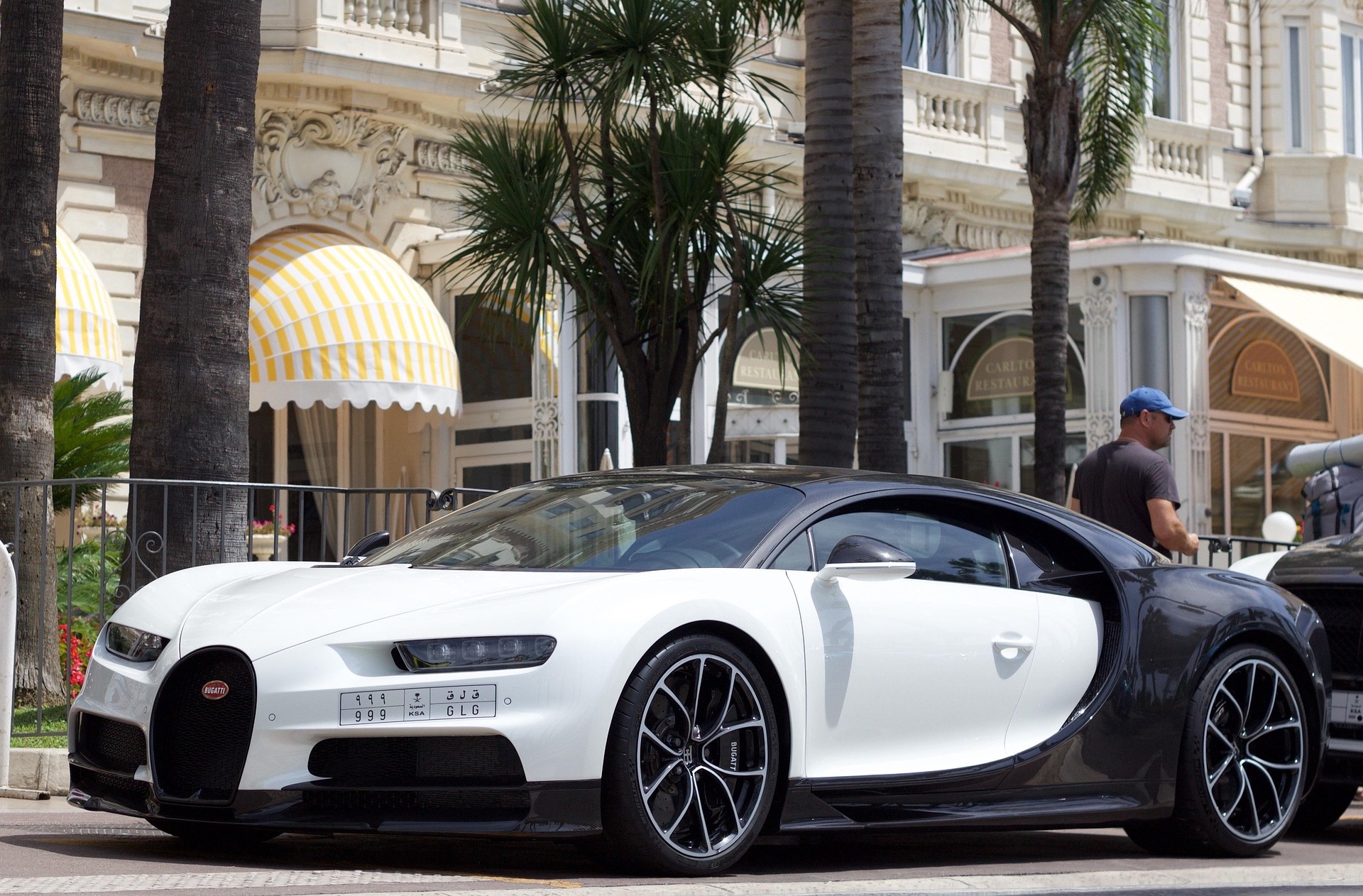Turbocharging Versus Supercharging: Which is King?
Supercharger or Turbocharger? Auto enthusiasts have been debating this conundrum for ages. While they share a common purpose—to cram more air into your engine for increased horsepower—their significant differences create a divide within the automotive sphere. Using science and expert commentary, this article will pour new vigor into this contentious debate.
Forging Horsepower: A Brief History of Forced Induction
It is essential to understand the method behind this horsepower madness. Both methods—turbocharging and supercharging—fall under the umbrella of forced induction. The concept is simple: they increase air volume into the engine, enabling it to burn more fuel per power stroke.
While both were conceptualized in the 19th century, superchargers were the first to cross the boundary into automotive machining. Cars like the 1921 Mercedes 6/25/40 hp were pioneers. Turbochargers, born from aircraft engineering, joined the automotive world much later, finding fame with the 1962 Oldsmobile Jetfire.
Beneath the Hood: The Fundamental Differences
Superchargers and turbochargers are similar in purpose but differ operationally. A supercharger relies on a belt-driven design, driven directly by the engine. Conversely, turbochargers utilize exhaust gases to spin a turbine, channeling the otherwise wasted thermal energy back into the engine for power.
Royal Rumble: Superchargers vs. Turbochargers
Performance enthusiasts often favor superchargers for their linear power delivery and lack of lag. These chargers improve throttle response and generate an immediate surge of additional power.
Turbochargers, meanwhile, need a build-up of exhaust gases to power the turbine, which can cause a delay or turbo lag. However, once spooled up, turbos produce a more potent power boost, especially at high speeds. They also fare better in fuel economy tests due to their energy-recycling design.
The After-Shift: Impact and Implication
Several manufacturers have embraced forced induction as means to balance power and fuel economy in their vehicle lineups. Each system’s trade-offs influence the manufacturer’s choice, depending on the design philosophy and the vehicle’s purpose.
Superchargers, with their instant power delivery, find favor in muscle cars and vehicles that demand an immediate response. Turbochargers associate themselves with efficiency, high-speed performance cars, and grand tourers.
The Road Ahead: Prospects and Challenges
The future of forced induction could very well be a combination of both technologies—a dual-charger system. Some manufacturers, like Volvo, have already started exploring this direction. Ultimately, the very essence of this debate may shift entirely in the coming years as electric vehicles continue their upward trajectory.
To wrap up, the turbocharger versus supercharger debate boils down to personal preference and driving demands. The supercharger has its set of followers drawn by the immediate grunt and roar, while the high-speed, energy-efficient turbocharger has its own place in the motoring world. Both systems have their histories etched into automotive lore, and their futures are waiting to be written on the blacktop.





